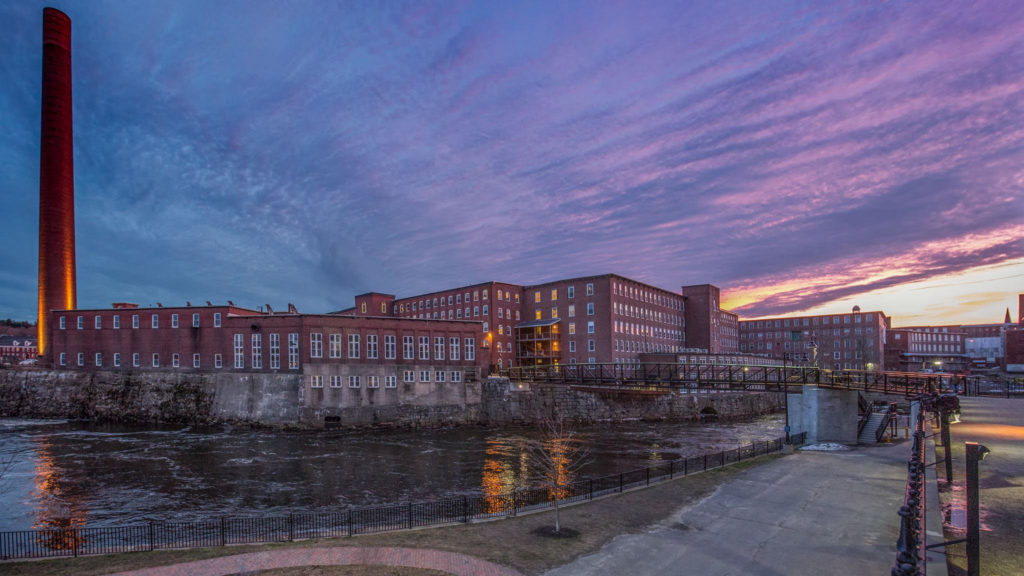
“The power of a community to create health is far greater than any physician, clinic or hospital”,says Mark Hyman of the Cleveland Clinic. Those who provide health care can encourage preventive medicine, but the bulk of comprehensive health work happens before we get to a practitioner’s office. Community planning and public health are different tracks of expertise in our modern world of specialization and siloed expertise. This year’s GrowSmart Maine summit theme, “Smart Growth Builds Wellness: Sparking a new Dialogue to align Planning and Development with Personal, Community & Global health” – holds the promise to bring multiple facets of human and community well-being into a broader dialogue.
So why am I so optimistic about this? Community members and community builders can move the needle for greater well-being with new, research-supported understanding of what truly affects human health and well-being. Combining keynote discussions focused on smart growth development, WELL standards (performance-based standards for buildings), and public health practices can help identify the right tools for Maine to proactively build toward greater community, individual and economic wellness for the future.
Smart Growth is focused on “Livable Places, Healthy People and Shared Prosperity.” Livable places are interconnected with many of the key factors proven to support health and well-being, including basic needs like clean air and water. This symbiosis requires that we value the environment around us. The importance of the natural environment is further emphasized by biophilia, the innate human need to connect with nature. Accessing nature through any of our senses has been proven to reduce stress and increase brain function, resulting in better moods, greater vitality and higher life satisfaction.
Access to nutrition is key to wellness, and here in Maine we have the benefit of strong connections to local food sources. This then ties to our sense of place, where local culture and identity are often associated with our foods. It’s all – literally – connected!
Connections to and celebrations of culture help people to value the places we live and the communities to which we belong. Reinforcing those connections through the built environment, such as our downtowns, the relationship to natural surroundings, or improved broadband to all parts of the state, deepens our sense of belonging. Belonging is critical to our well-being. Recent research suggests that the lack of connection and belonging, known as social isolation, carries a 50% higher mortality risk than for individuals who are socially integrated(1) . And when we have a connection to place and each other, there is community, and with community pride and ownership, we inspire investment in our places.
Bringing together health and planning perspectives can bring progress on contemporary planning goals of making the places we live “healthy,” “prosperous,” “inclusive,” “integrated,” and “resilient.”(3) Better health outcomes and lower healthcare spending come from addressing social determinants of health(2), including physical and social environments and lifestyle. Building supportive communities – livable, healthy and prosperous – will lead to higher human performance including productivity and creativity, and also strengthen the foundations for a greater sense of well-being and joy.
1. Social Isolation: A Predictor of Mortality Comparable to Traditional Clinical Risk Factors – Matthew Pantell, MD, MS, David Rehkopf, ScD, MPH, Douglas Jutte, MD, MPH, S. Leonard Syme, PhD, John Balmes, MD, and Nancy Adler, PhD
2. https://www.cdc.gov/socialdeterminants.index.htm
3. Terms from American Planning Association, Smart Grow America, and International Well Building Instituteh
